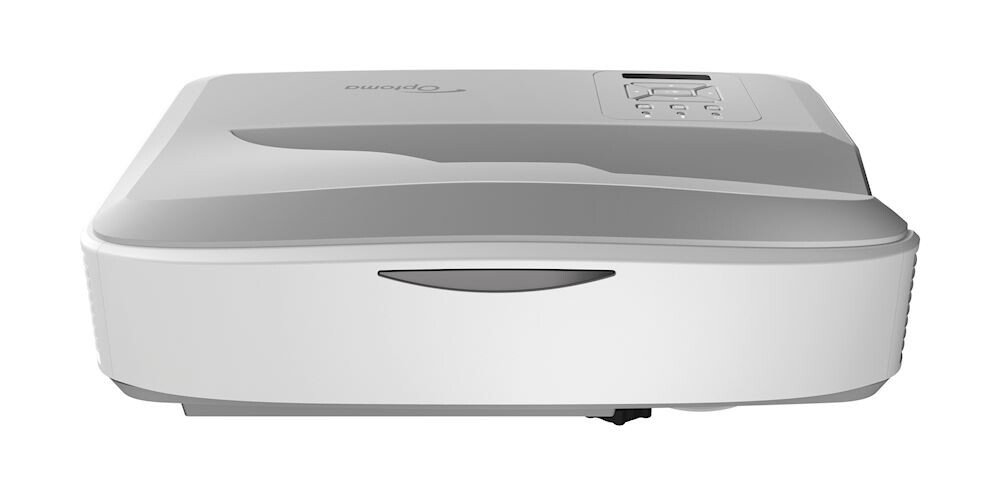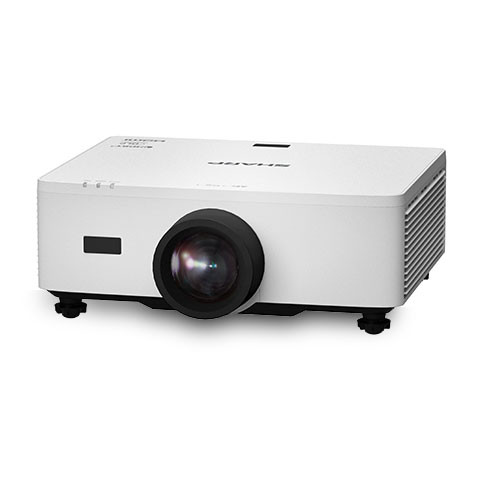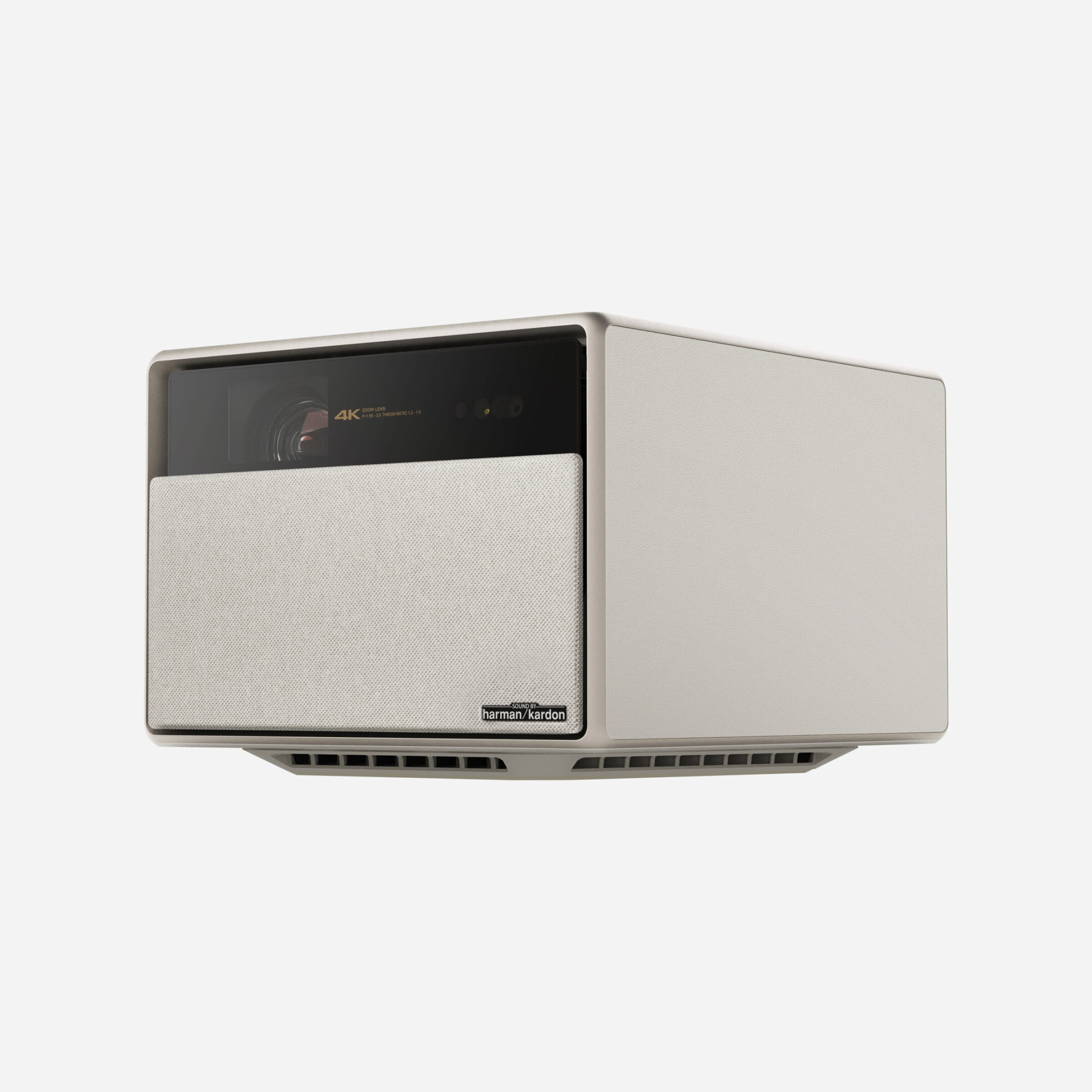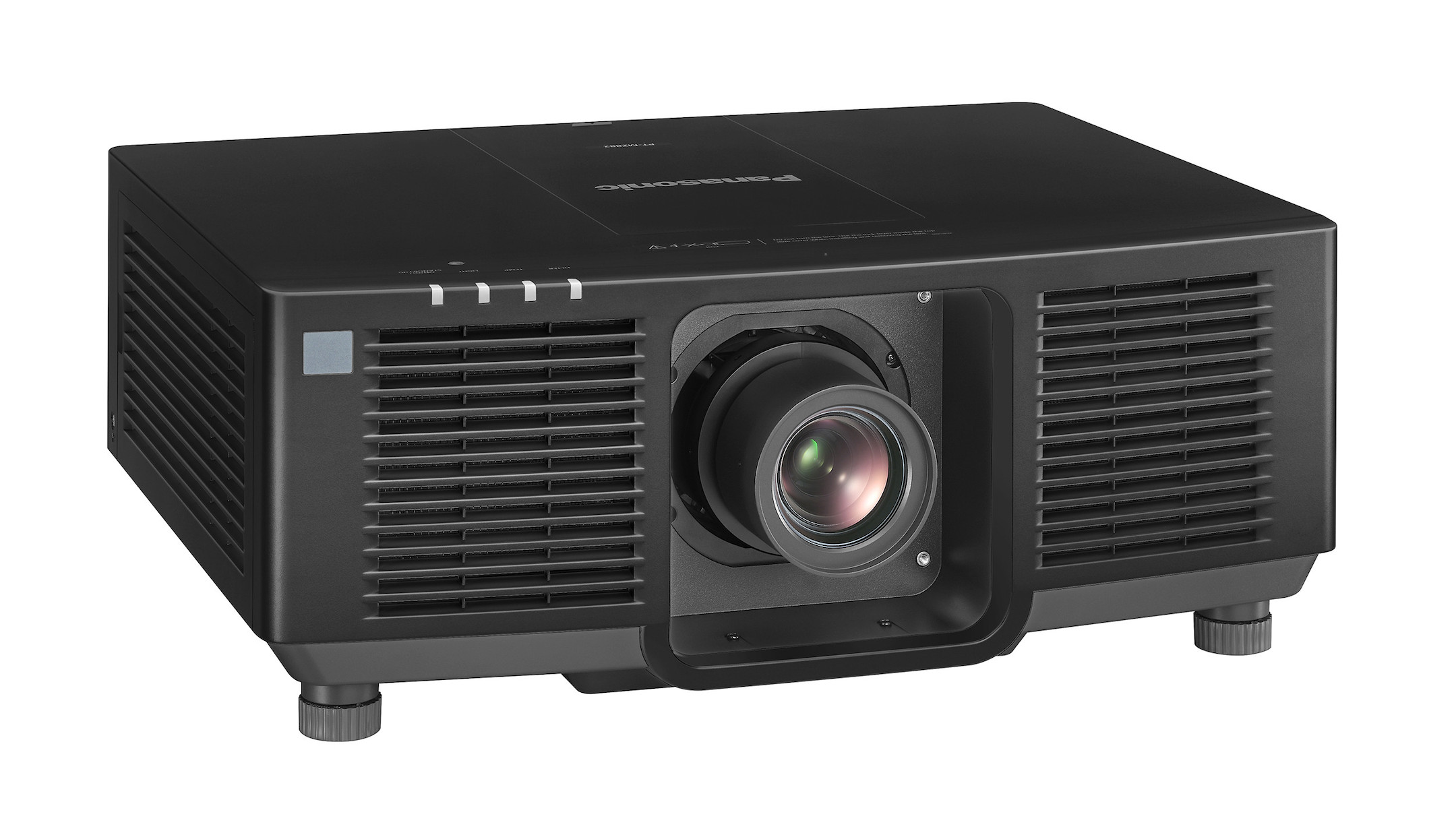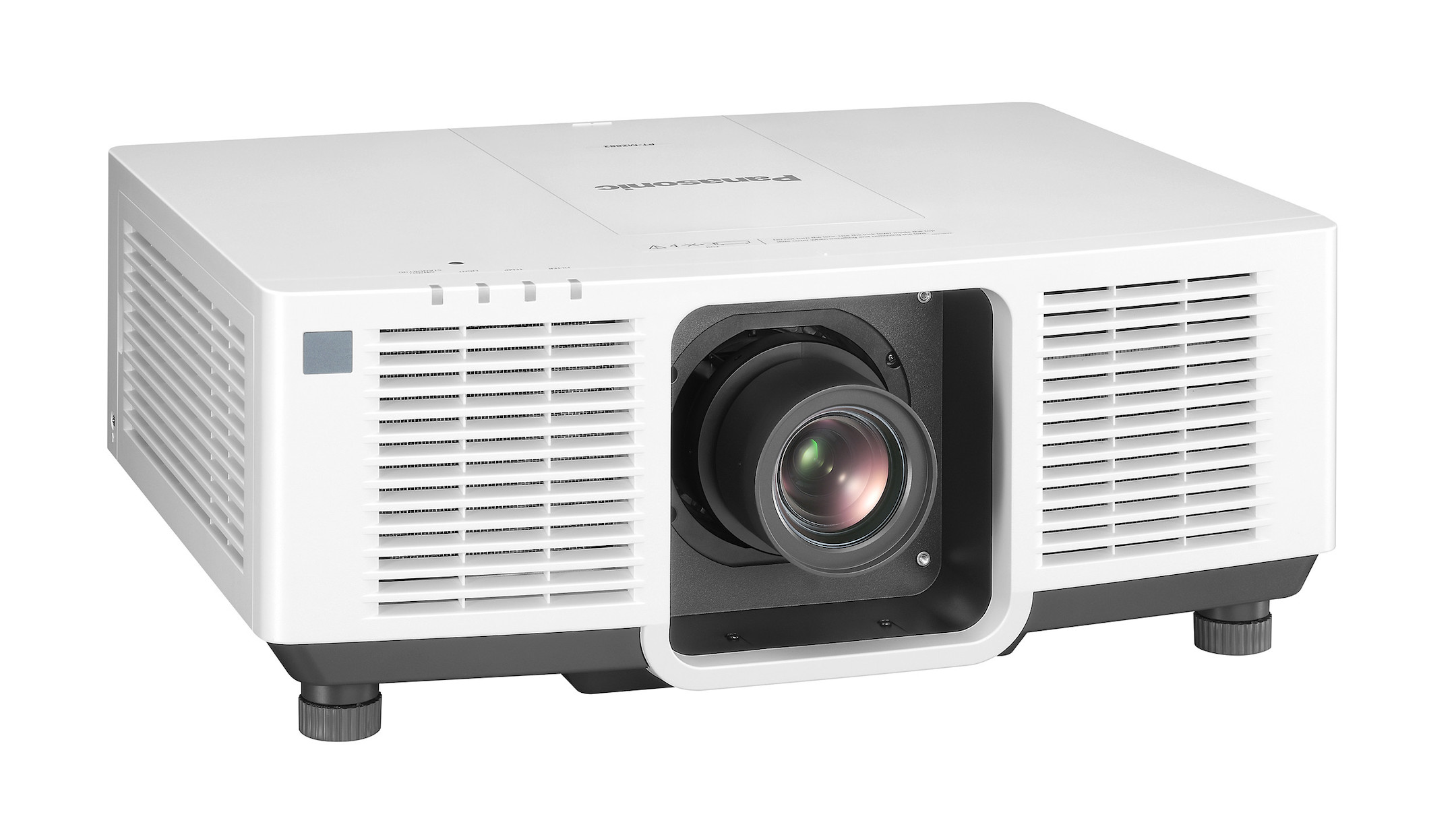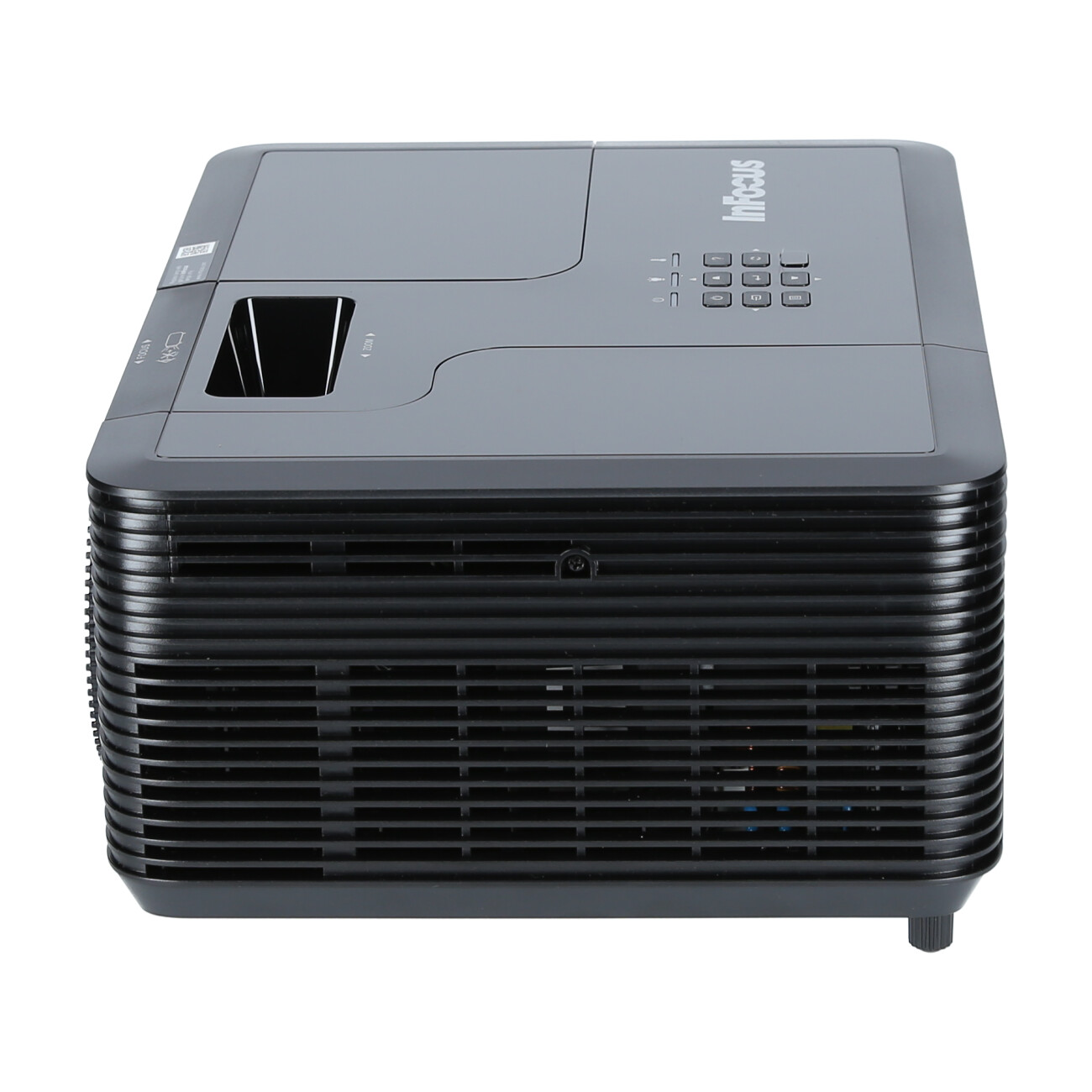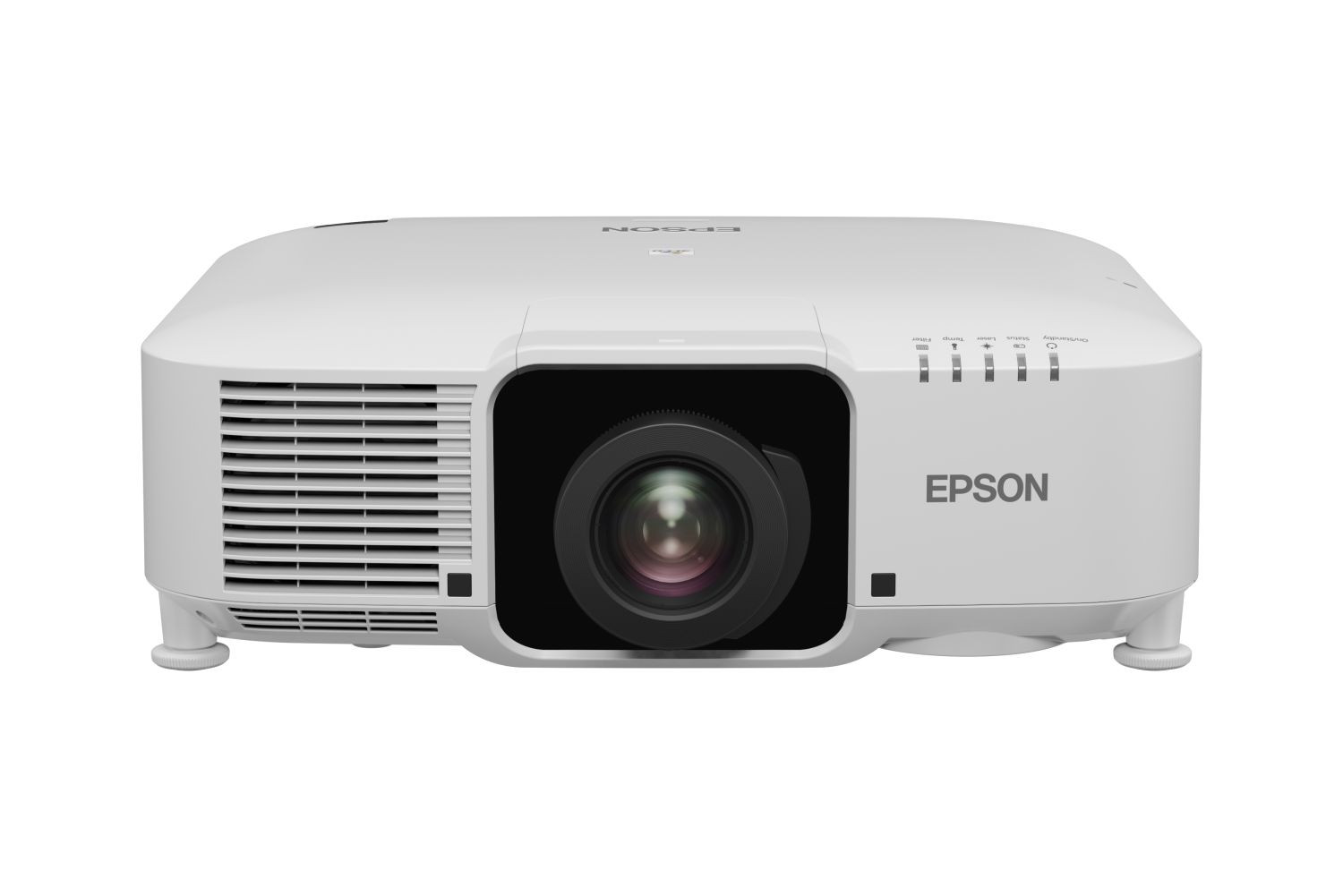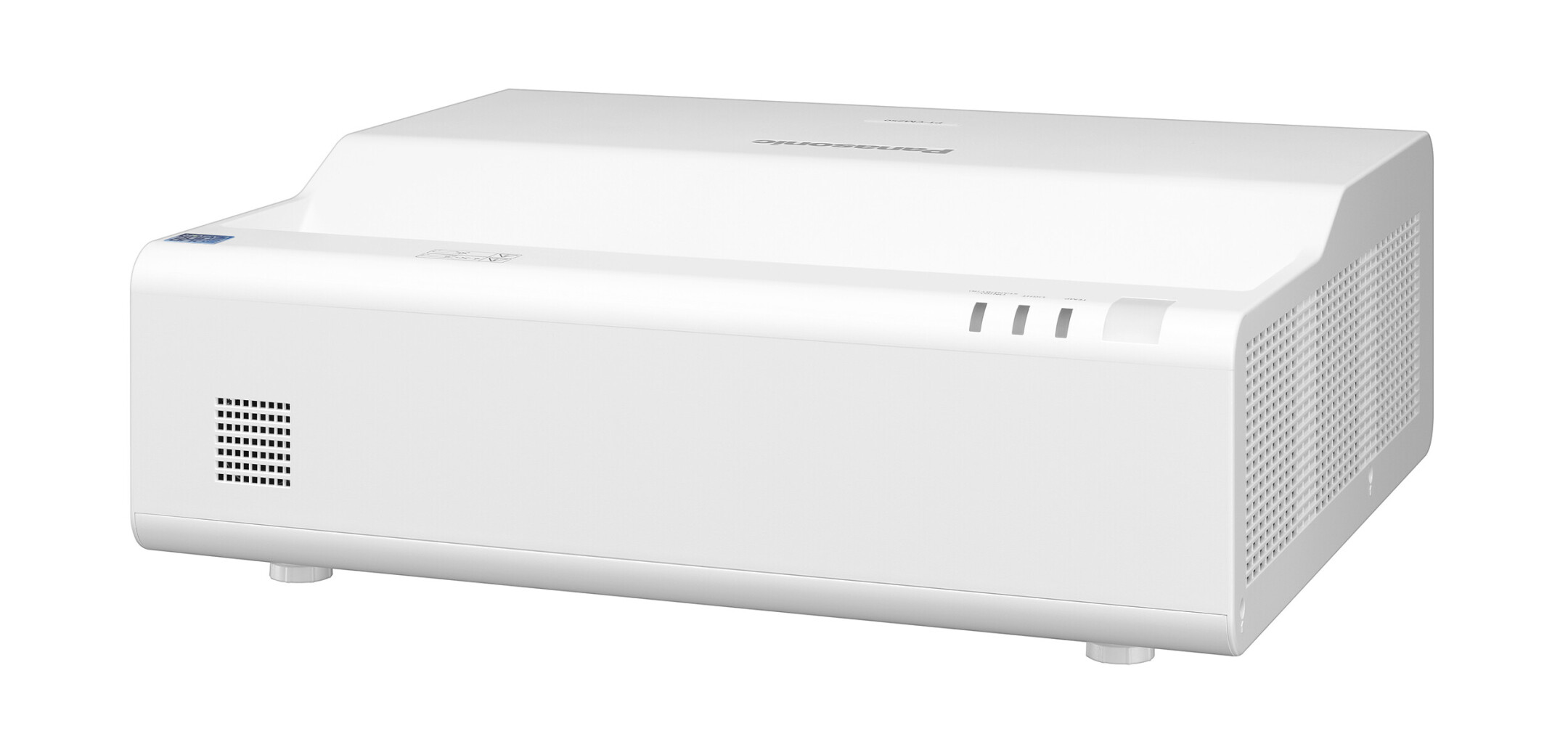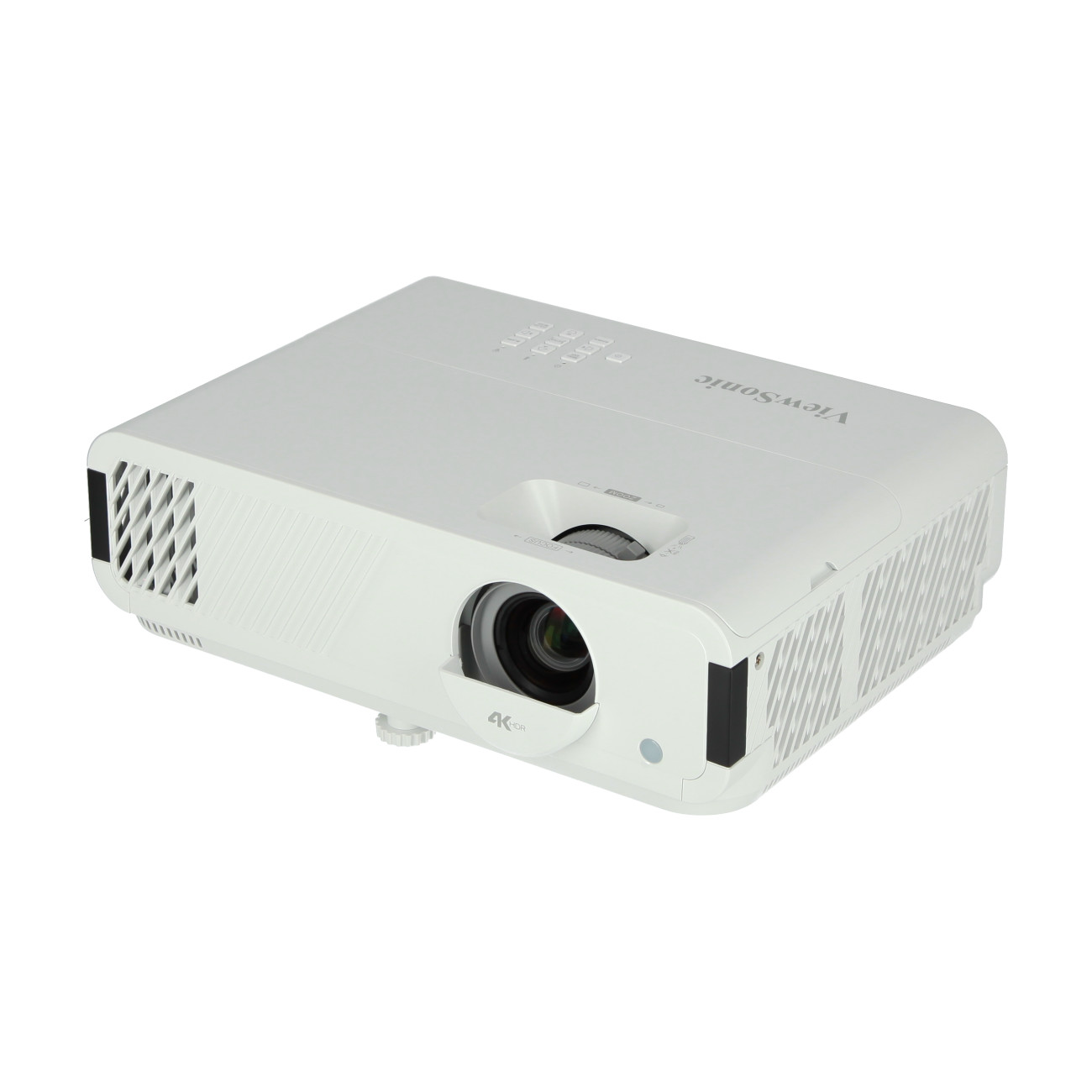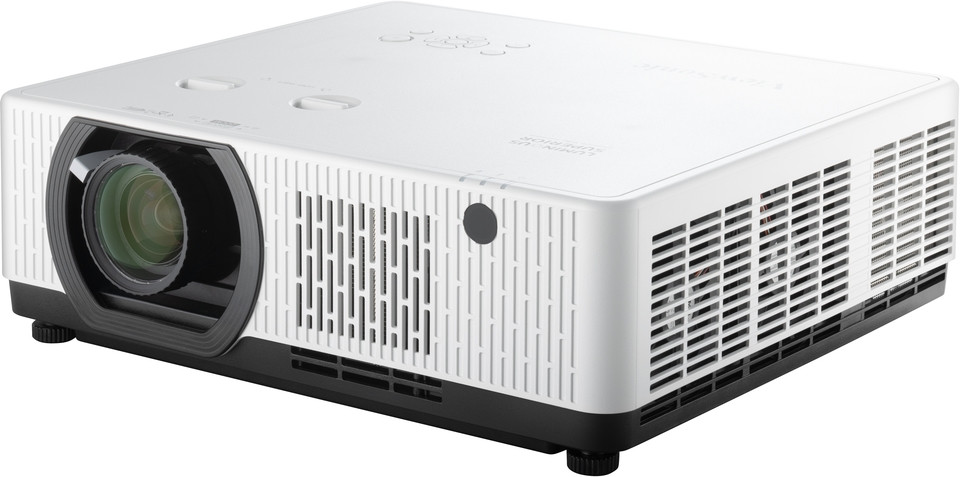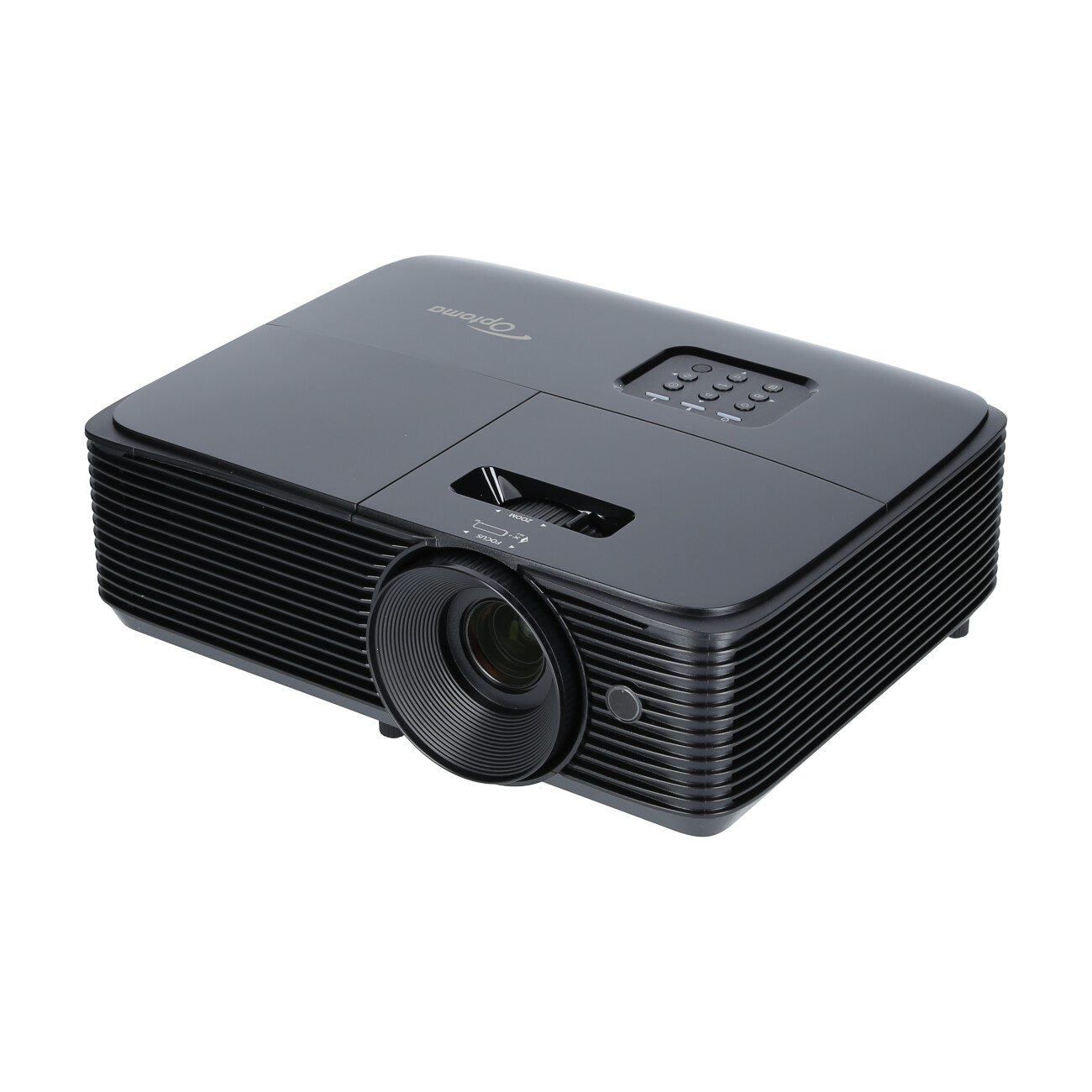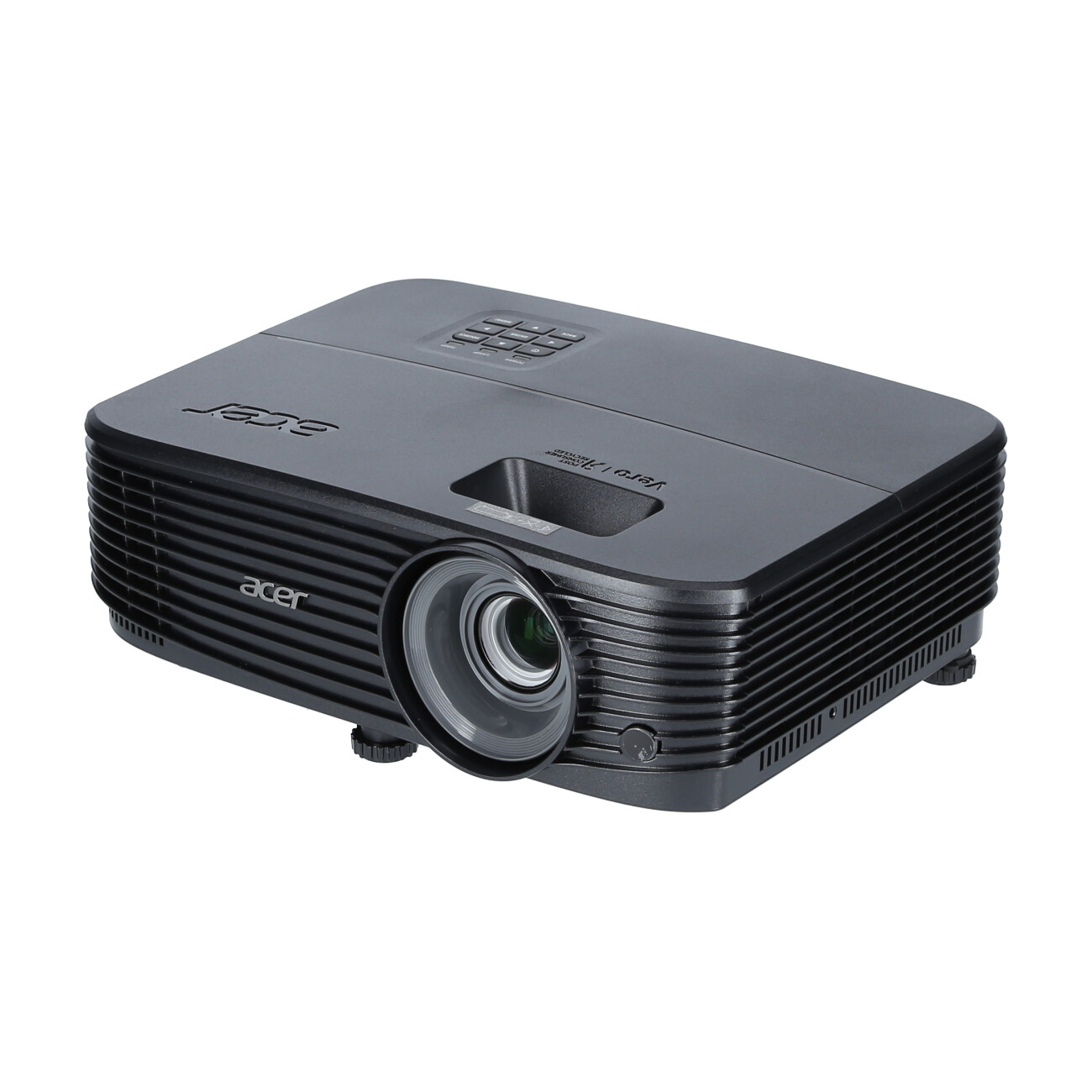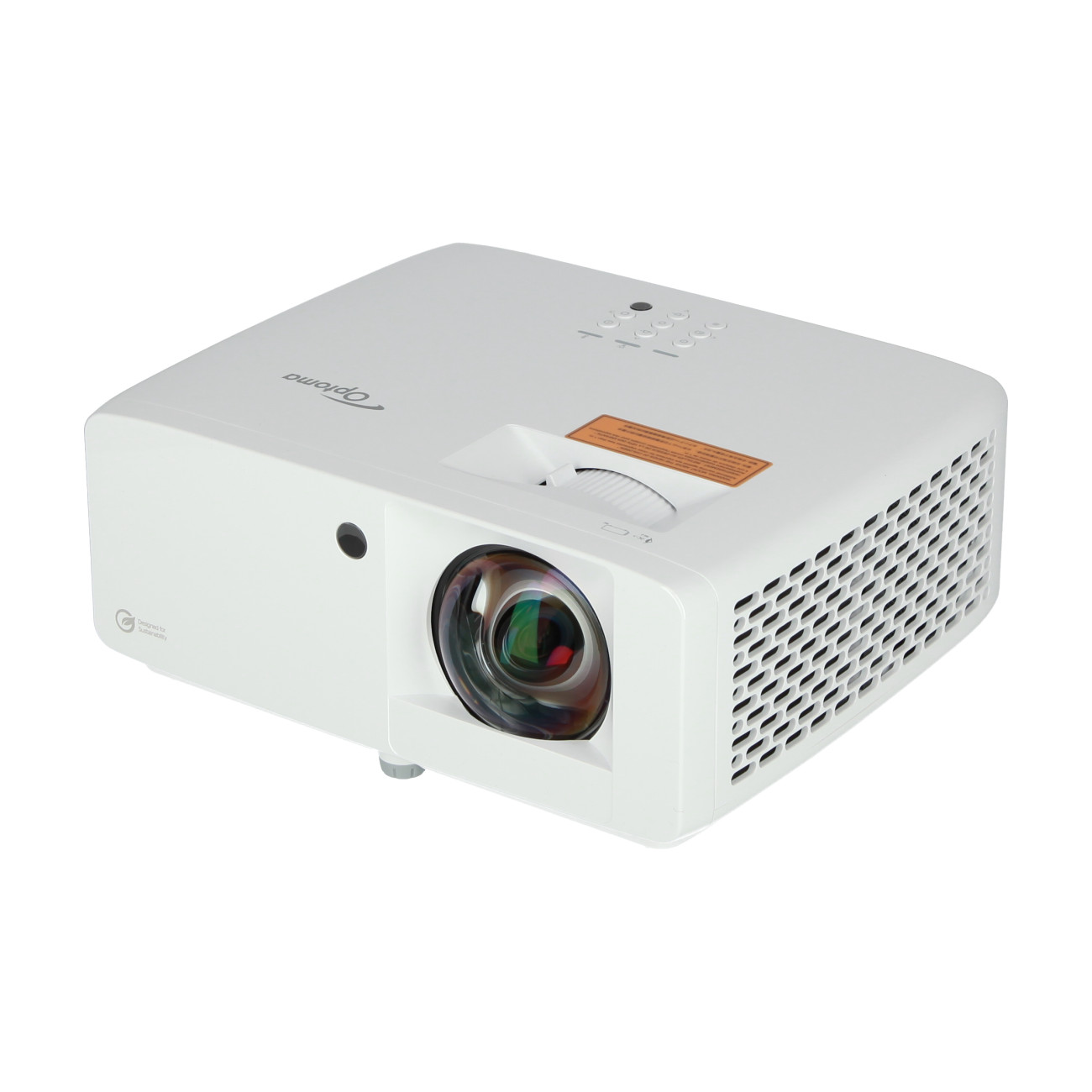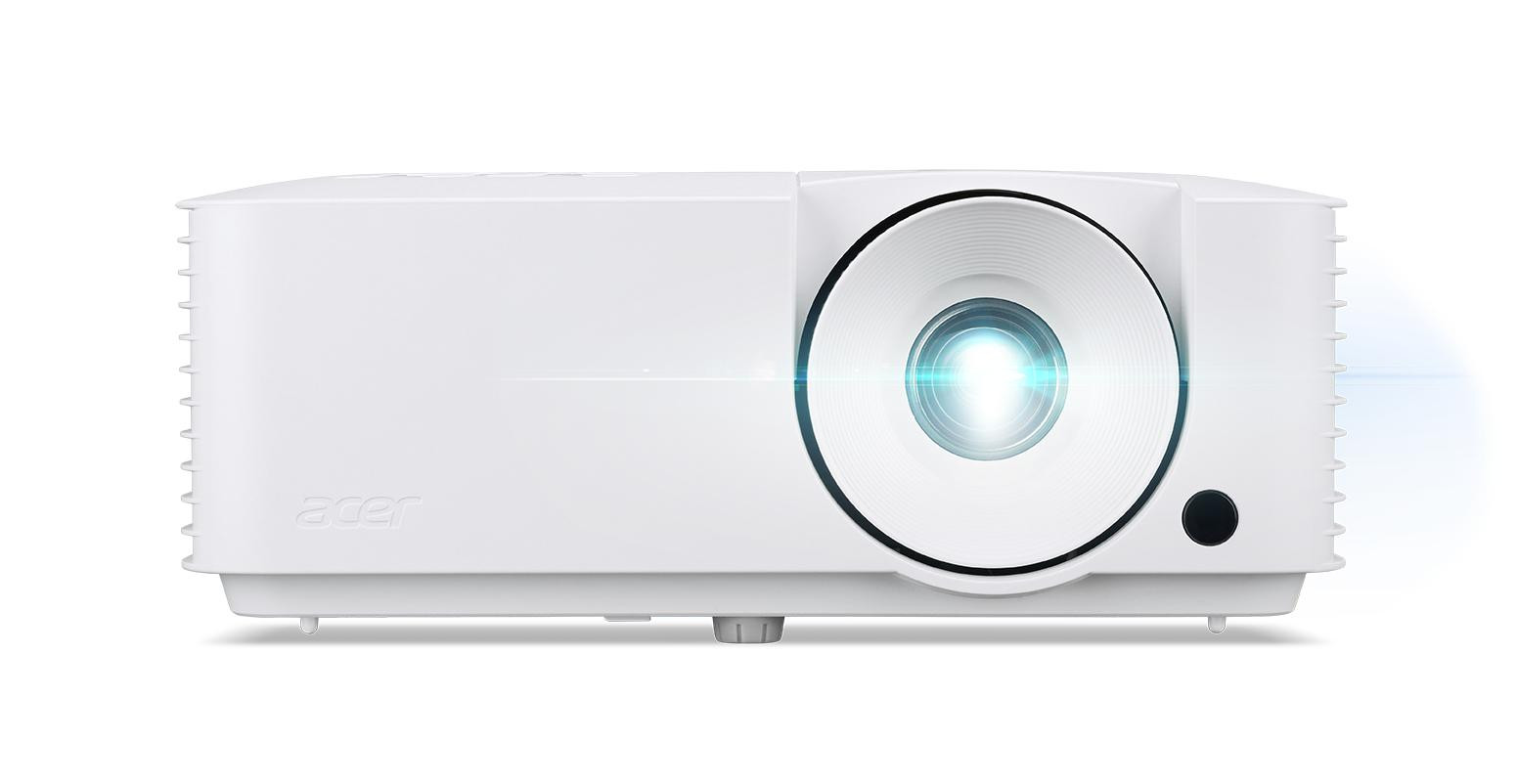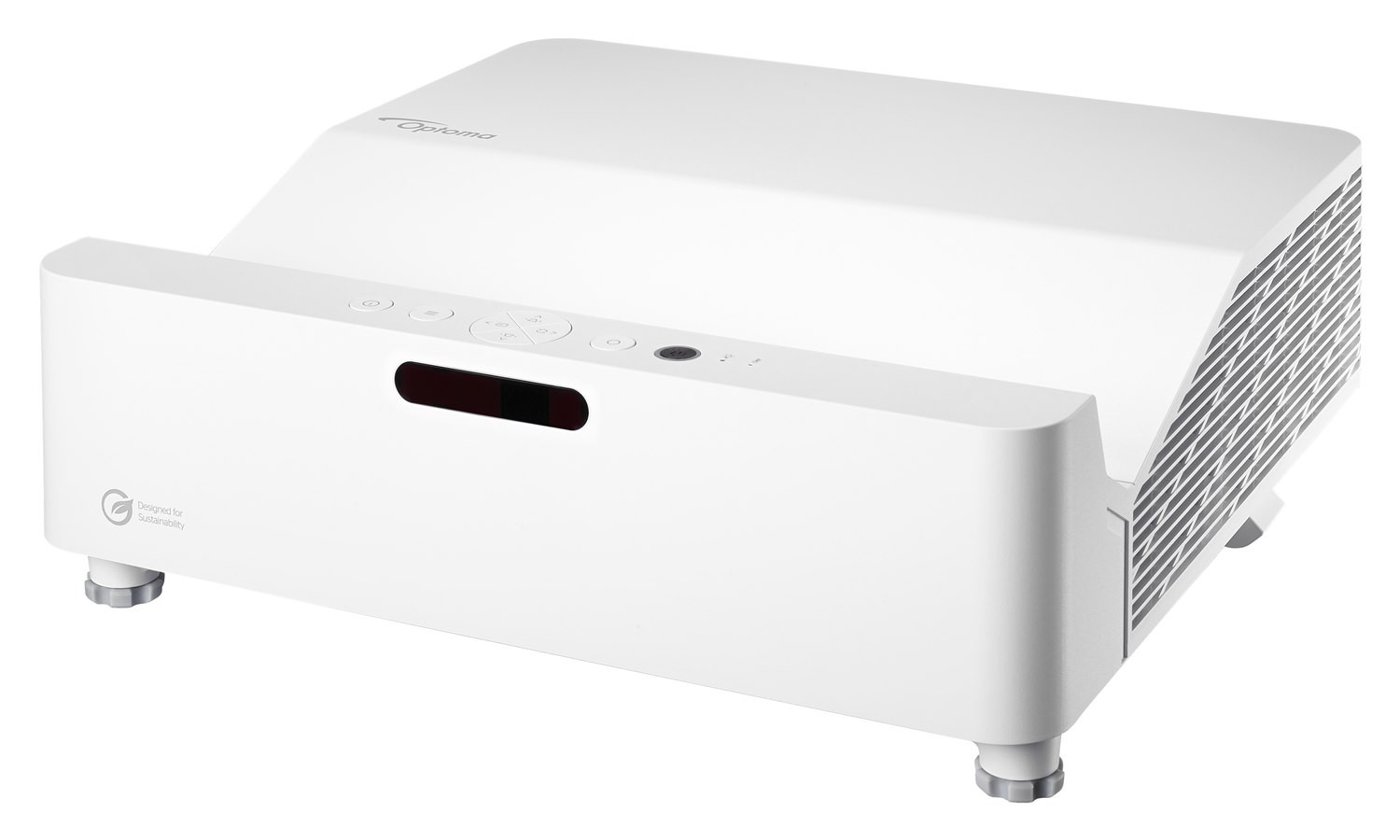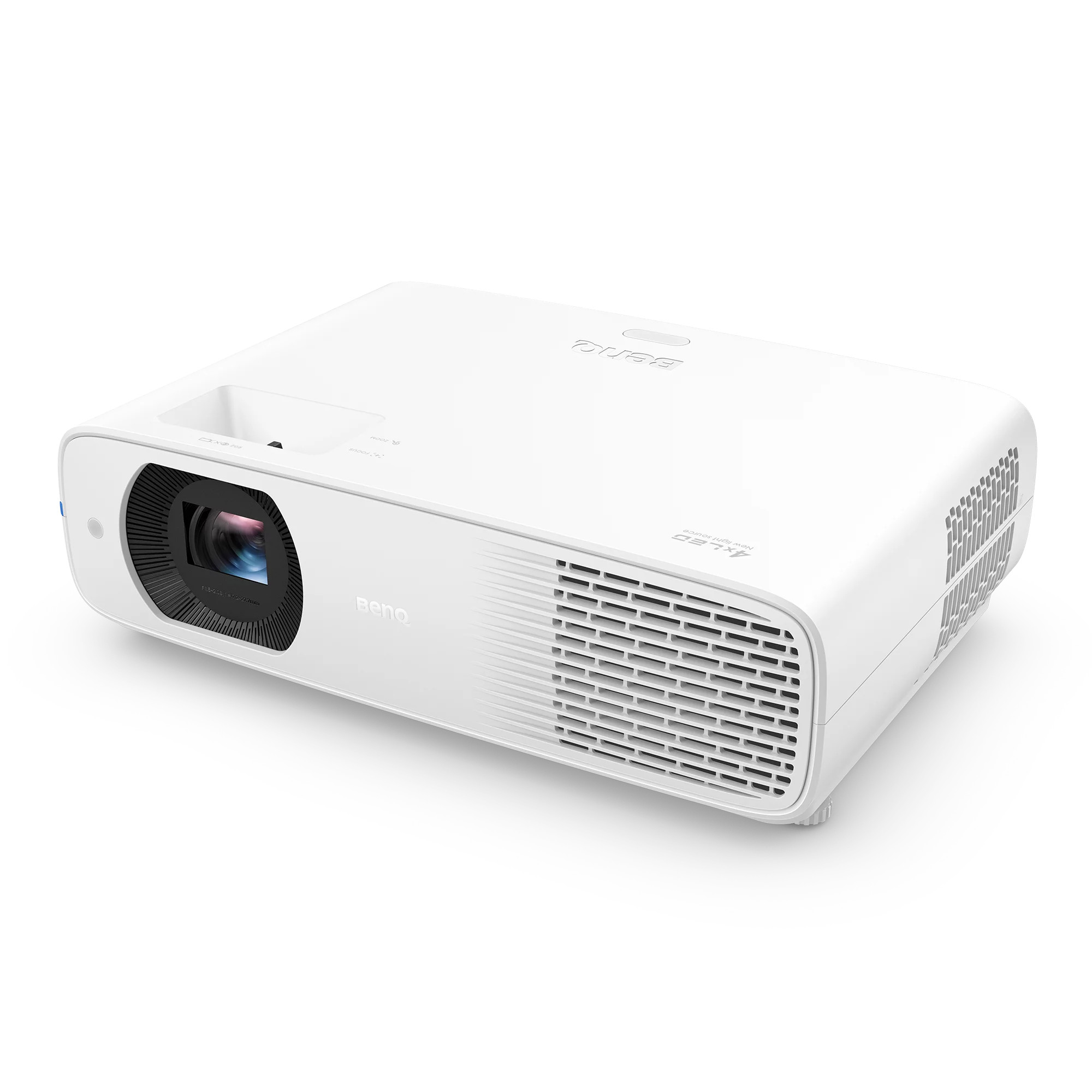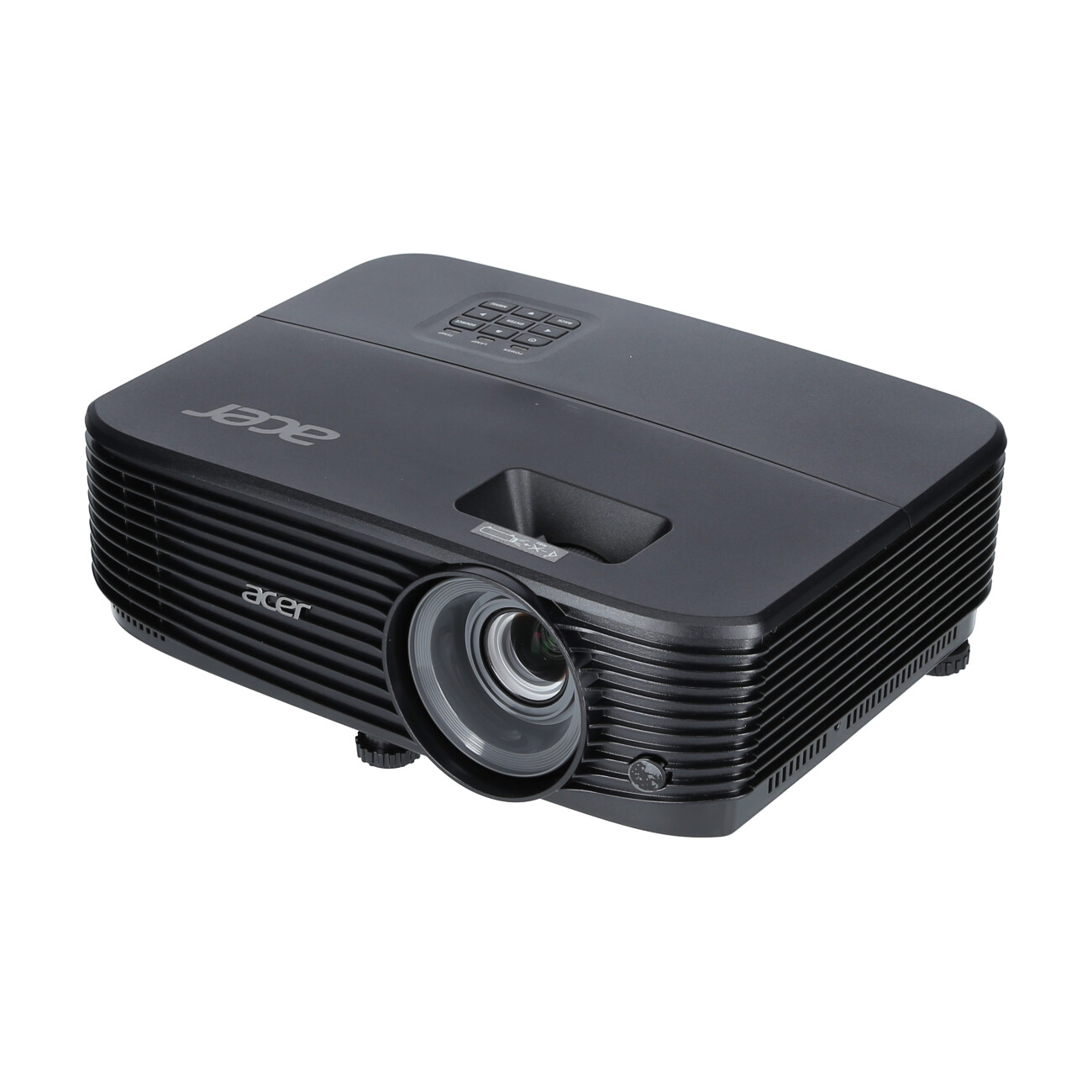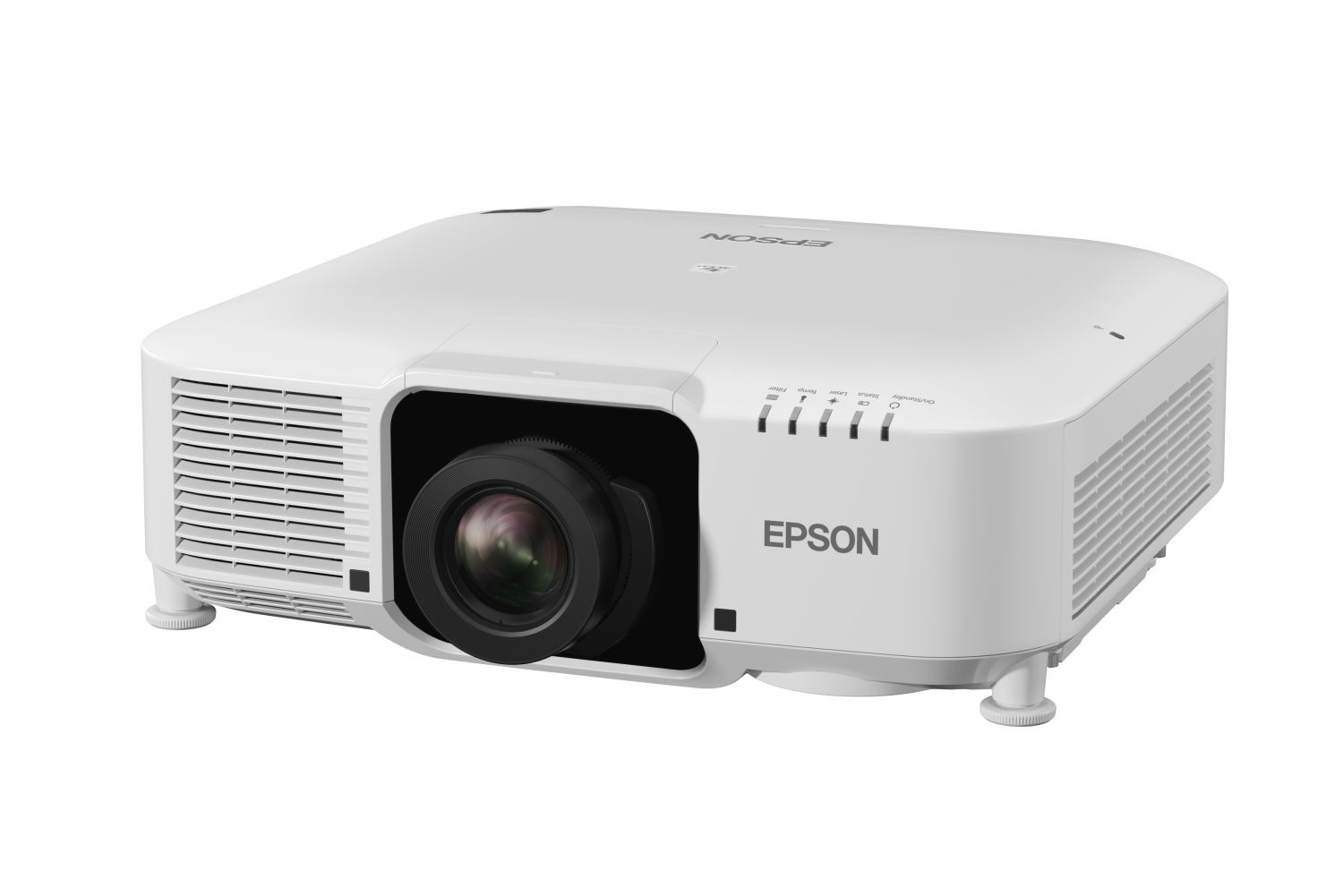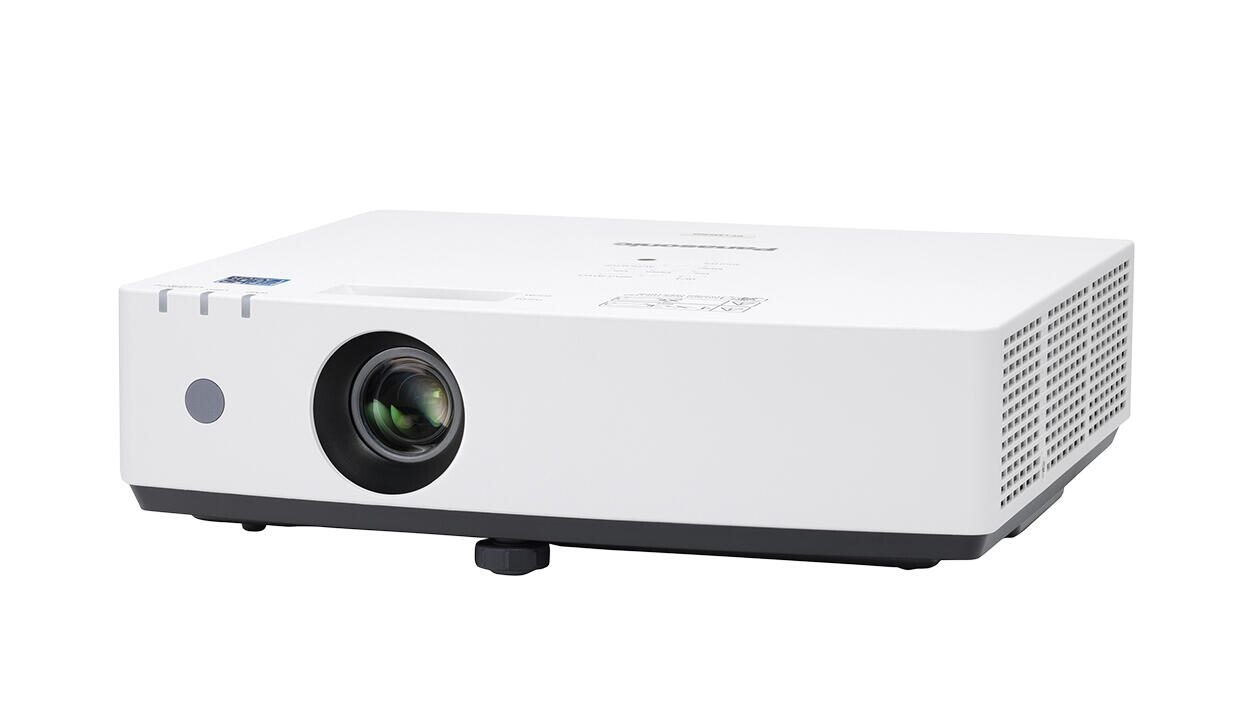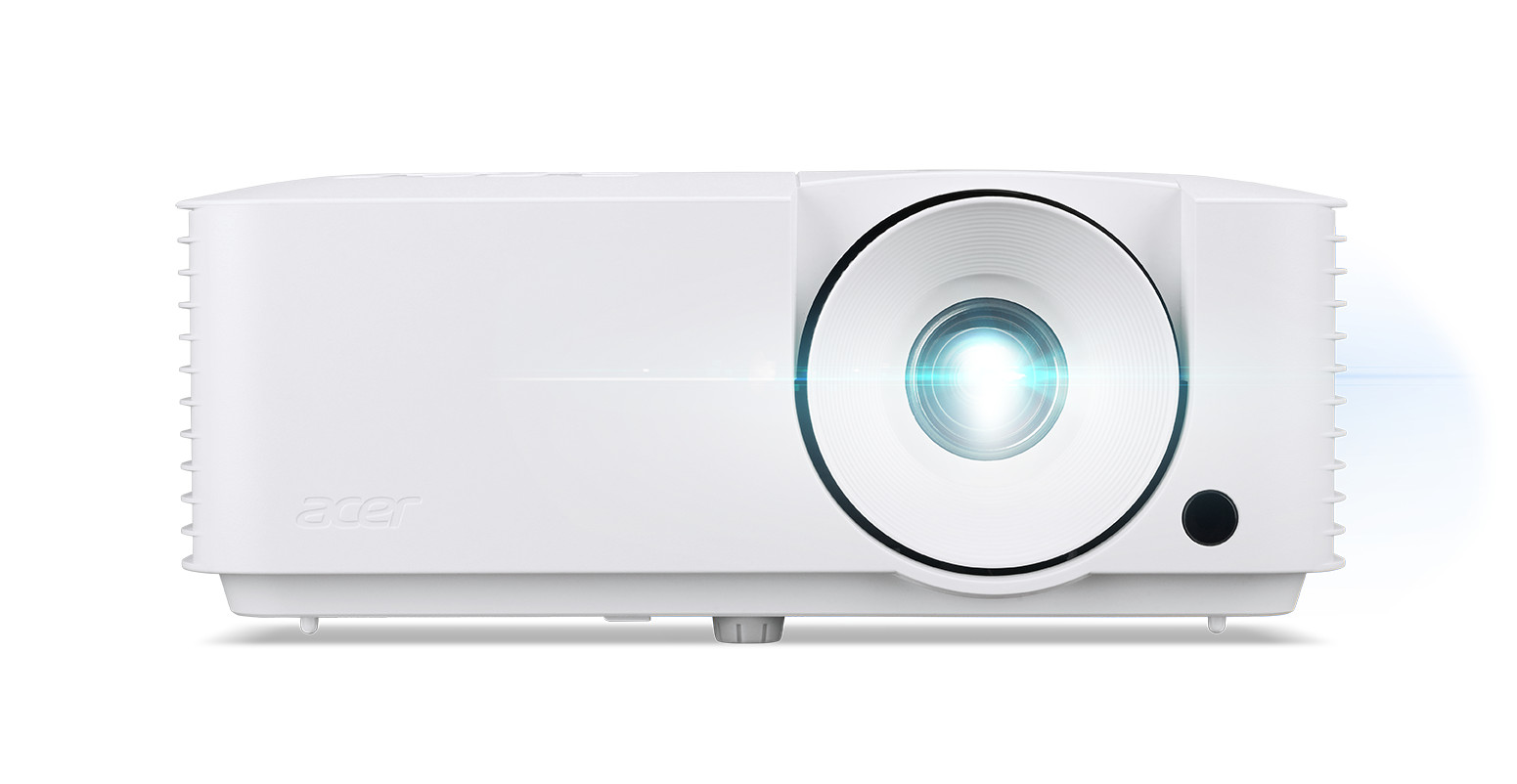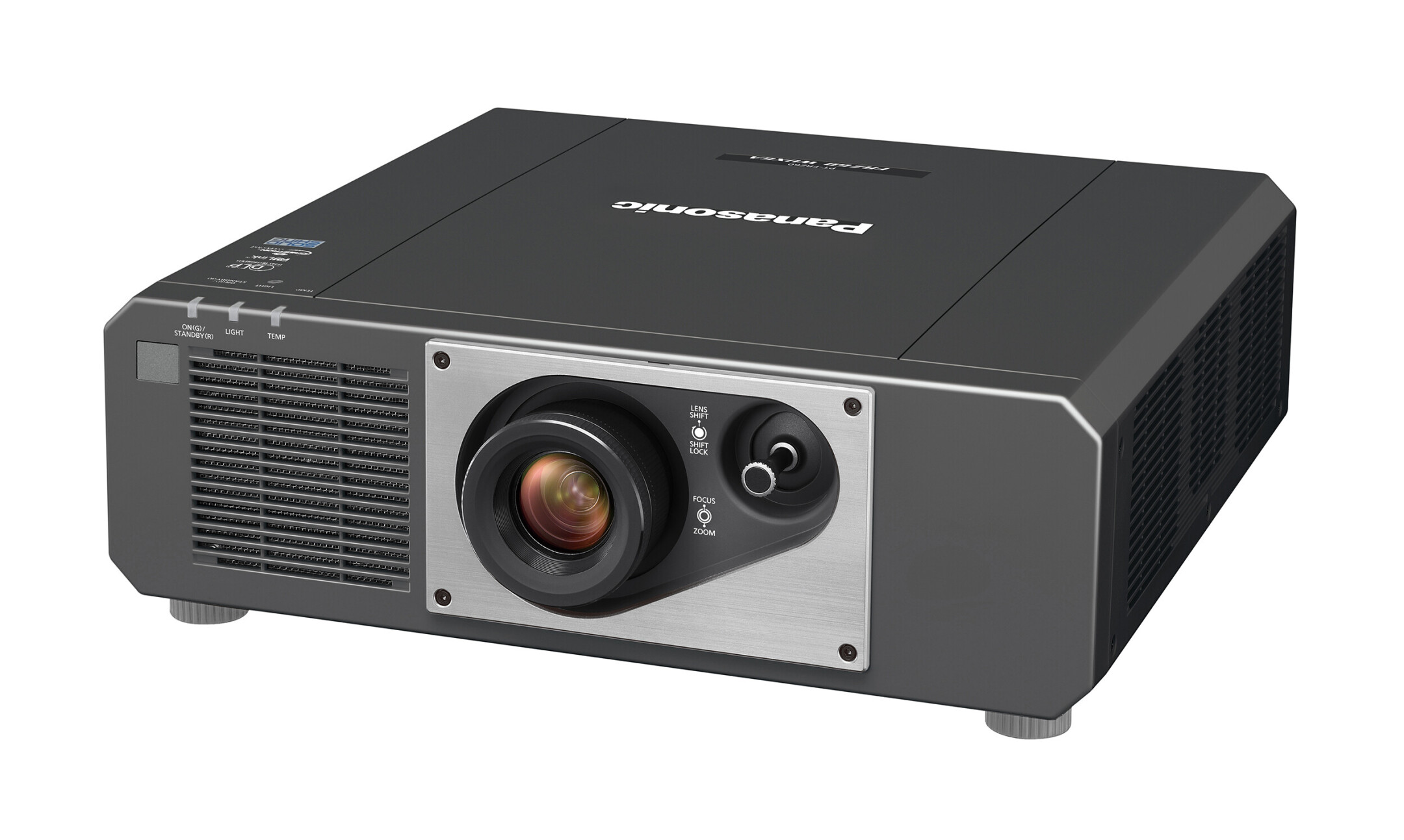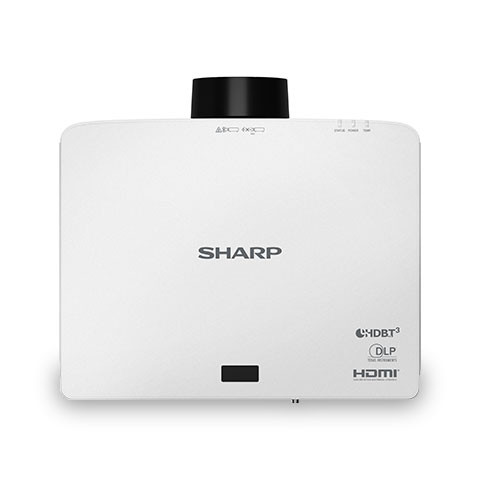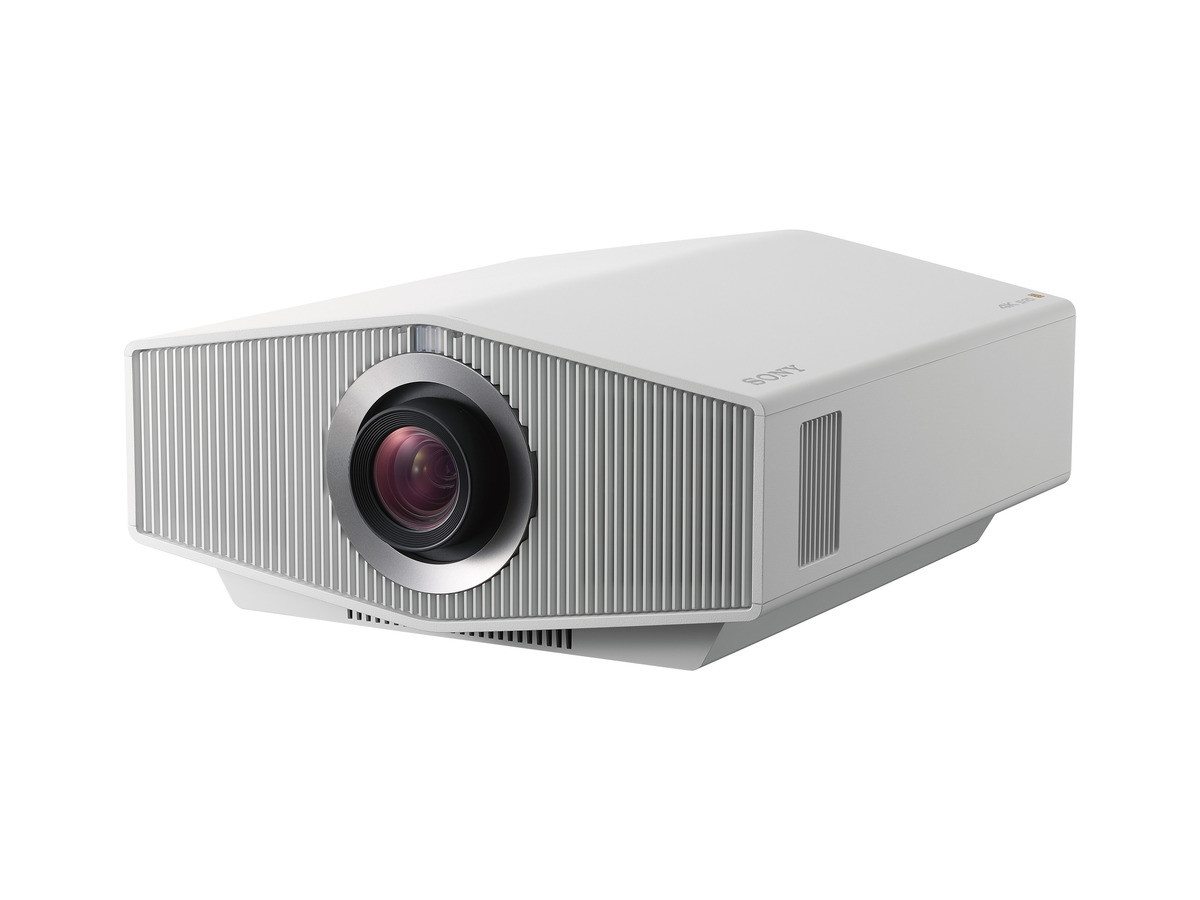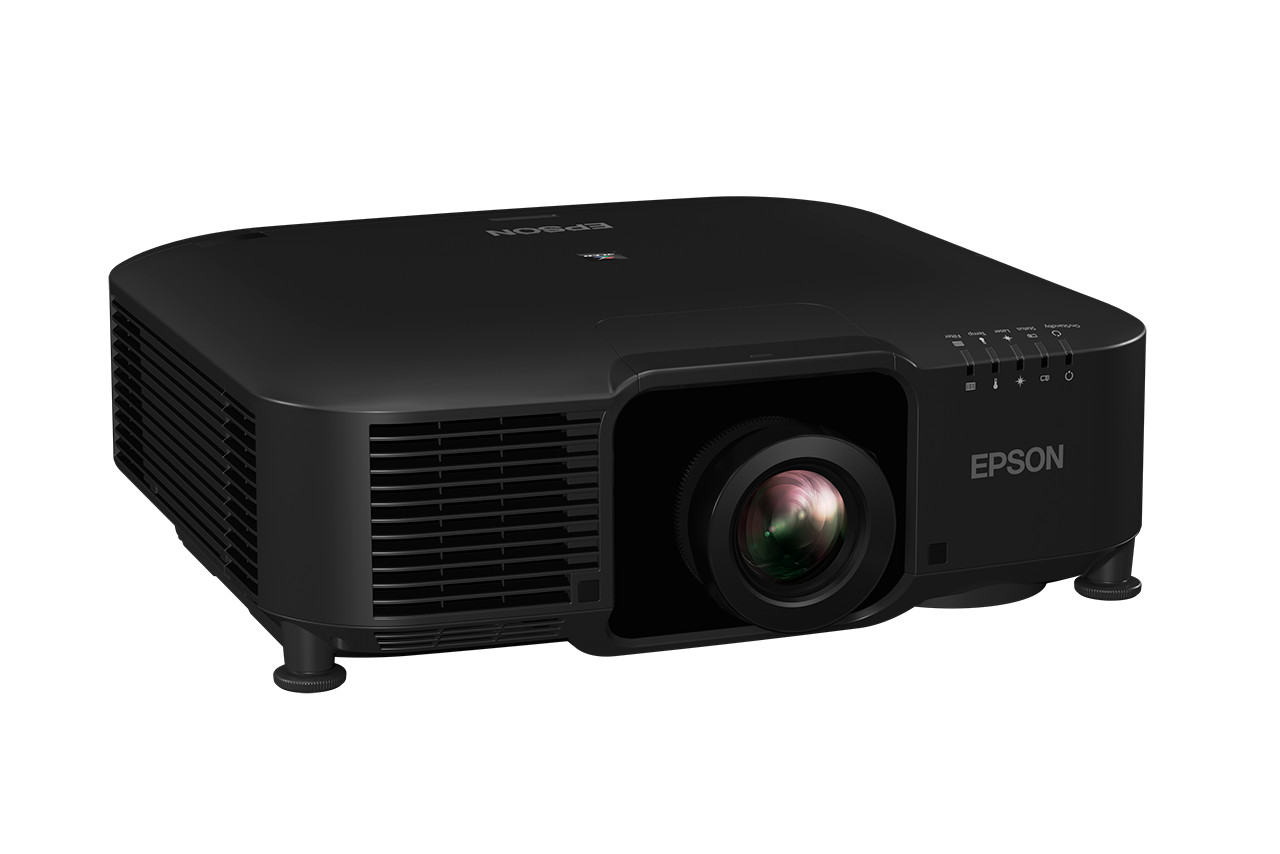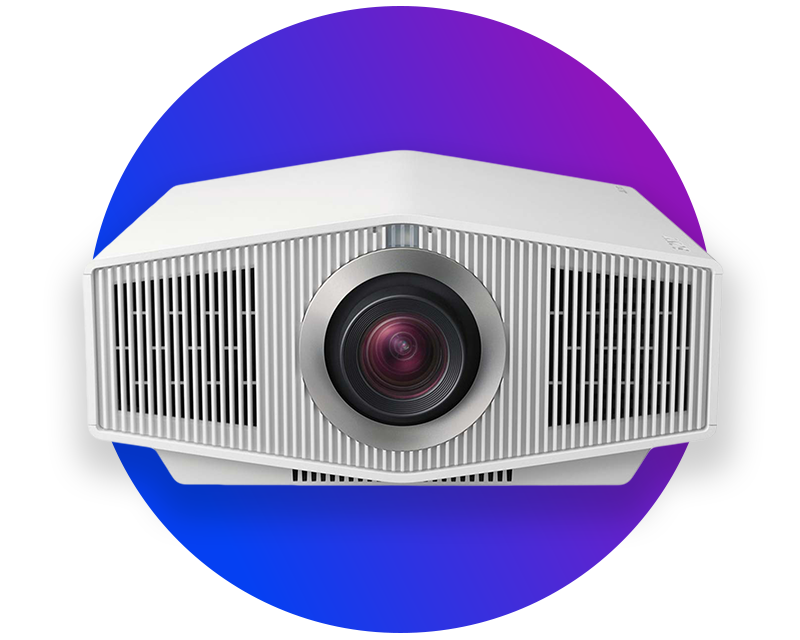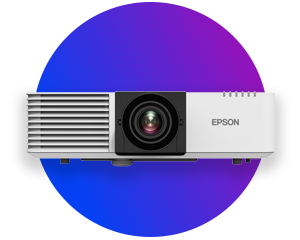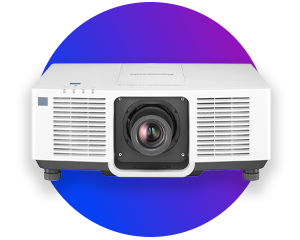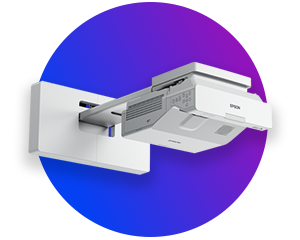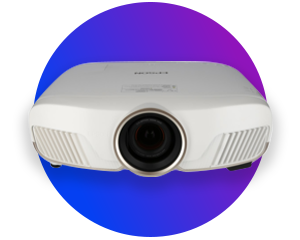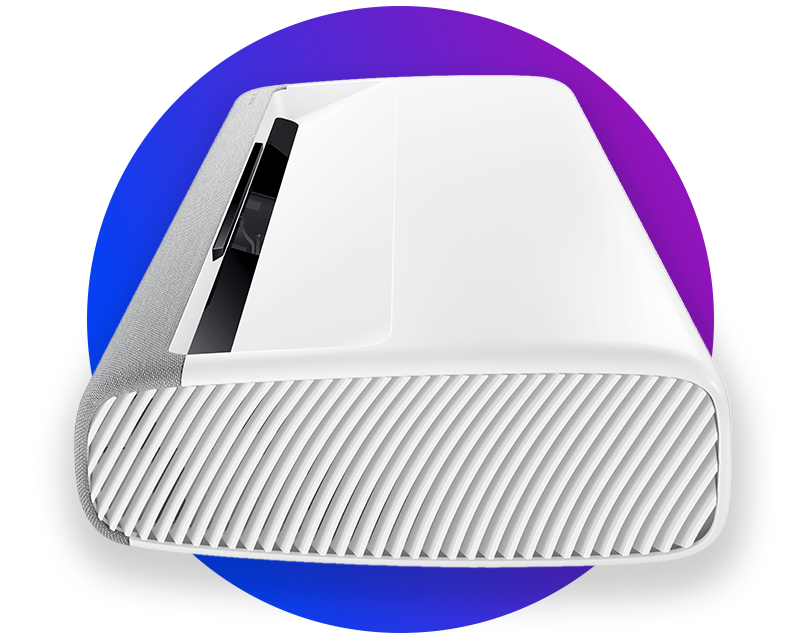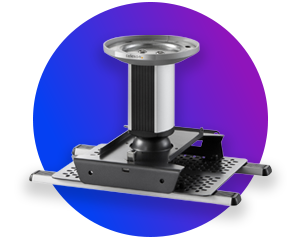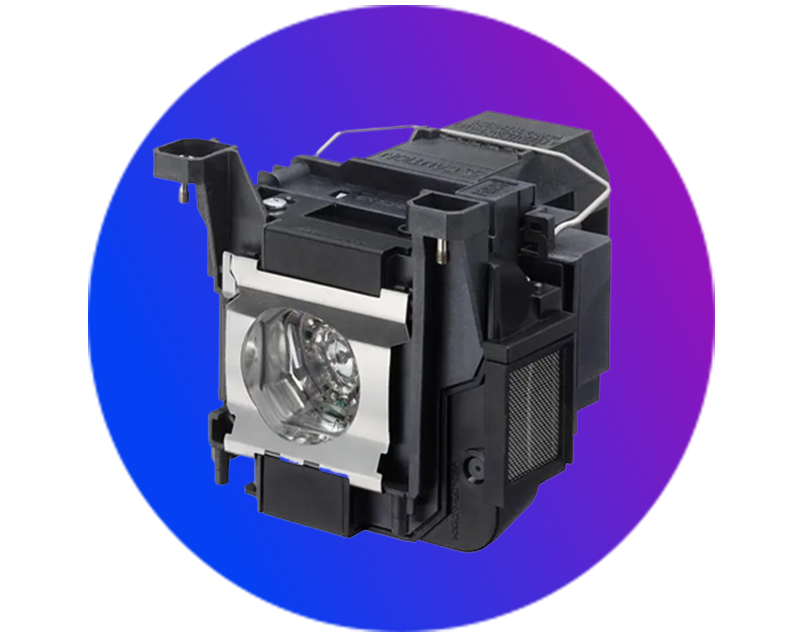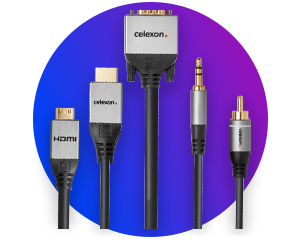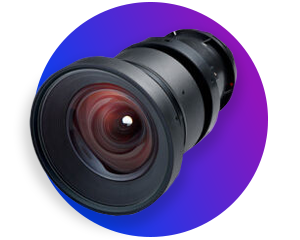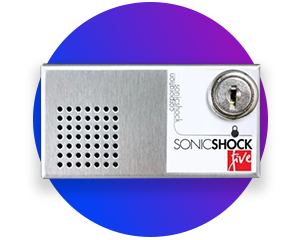Projectors
Projectors for home cinema, business and more
Projectors offer impressive versatility and are the ideal solution for a wide range of applications: Whether you want to enjoy films and series in cinema quality at home, present your business ideas impressively on a large screen , create interactive learning experiences in classrooms or enjoy unforgettable gaming evenings.
We offer a wide range of high-quality projectors and, thanks to the different projector technologies, you can be sure that there is a suitable solution for every application. Our experts are at your side and offer comprehensive advice on all aspects of projector selection and use. You will not only find the right projector, but also valuable tips on how to make the best use of the device.
Let our expertise guide you and find a projector that meets your requirements - whether for home cinema, office or school!
These projector technologies are available: DLP, 3LCD & Co.
The projector technology not only determines what you see, but also how you see it: true-to-life colours or strong contrasts, a well-lit projection screen or detailed images.
DLP projectors offer higher contrast ratios and smooth movements, resulting in impressive images with deep blacks and clear details. This makes them ideal for films and gaming in the home cinema. Although they often have a slightly lower light output, they offer an intense visual experience for darker rooms.
LCD projectors are characterised by rich and vivid colours and good brightness values. Thanks to their high light output in ANSI lumens, LCD projectors are ideal for presentations and projections in brighter rooms and offices, as they deliver clear and highly visible images even in difficult lighting conditions.
LCoS and SXRD projectors utilise modern light generation using LEDs and lasers. These technologies offer sharper and more precise images and are more energy-efficient as they use energy-saving and long-lasting projector lamps. LCoS and SXRD projectors are suitable for applications where high image quality and reliability are required.
Important purchase criteria: Resolution, brightness and more
Business, home cinema or education: the right projector for your application
Projectors are available for various areas of application. The requirements for the functions and features of a projector are correspondingly high. Find out below which projectors are particularly suitable for the various areas of application.
Our tip: How to easily find the right projector
You can recognise which application area a projector is best suited for by the symbol for the respective application area and the suitability value in percent.
What does a good projector cost?
This depends on how and where you want to use a projector. For example, a home cinema projector must meet different requirements than a projector for school use. The technical features are decisive. The following applies: the better the technical features of a projector, the more expensive the device. These features primarily include image resolution, light intensity, light-generating technology (e.g. DLP, LED), projection technology and projector features. In terms of technical features, projectors can be roughly divided into four price categories:
The best projectors under 500 and 1,000 £
In our projector test, we present the best models in the price categories under 500 and 1,000 £. Compare the top options now!
Add the right accessories to your projector
If your projector lamp has had its day, you don't need to worry about finding a new light source. We have the right replacement lamp for long-term use of your projector. And what would a 3D projector be without 3D glasses? Or a projector without a bracket for optimum positioning and image quality? We have put together the most important projector accessories for you so that you don't have to search for long:



